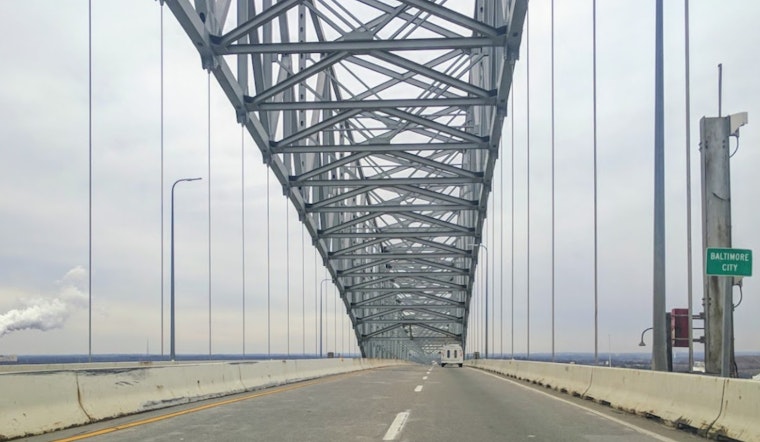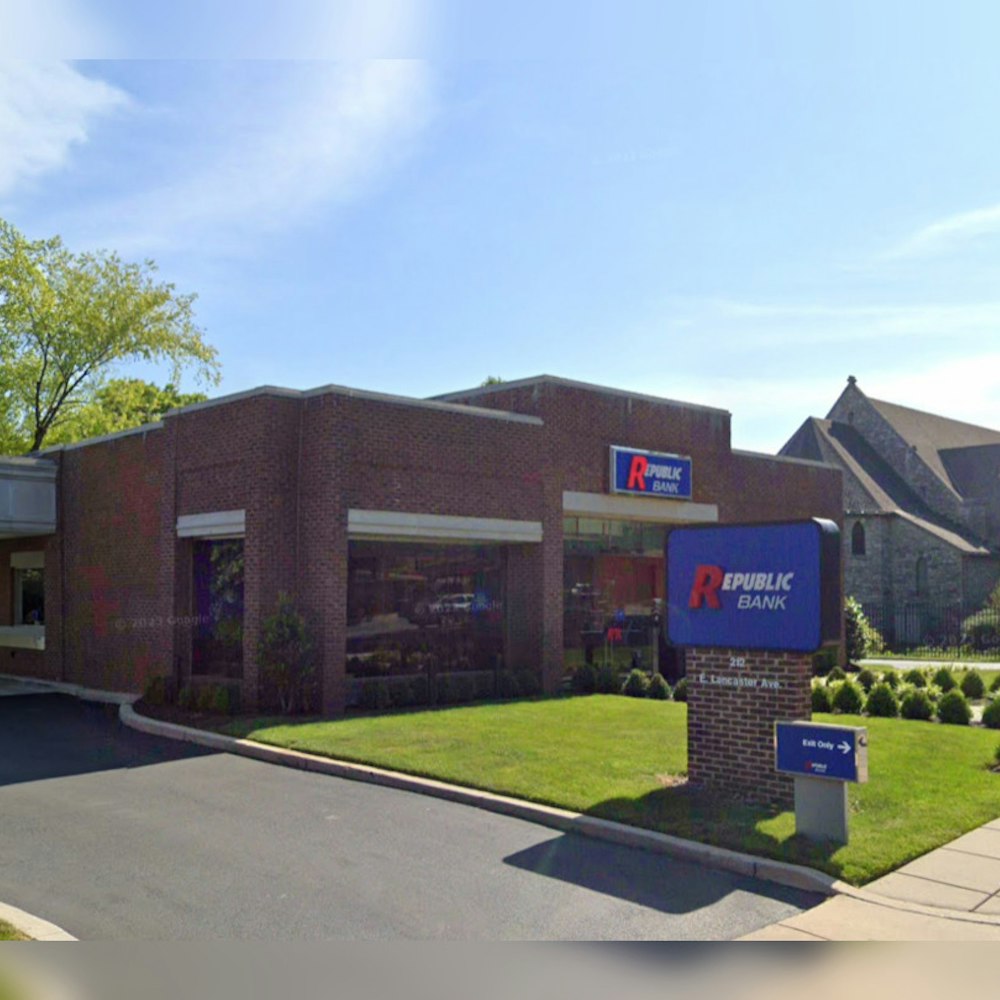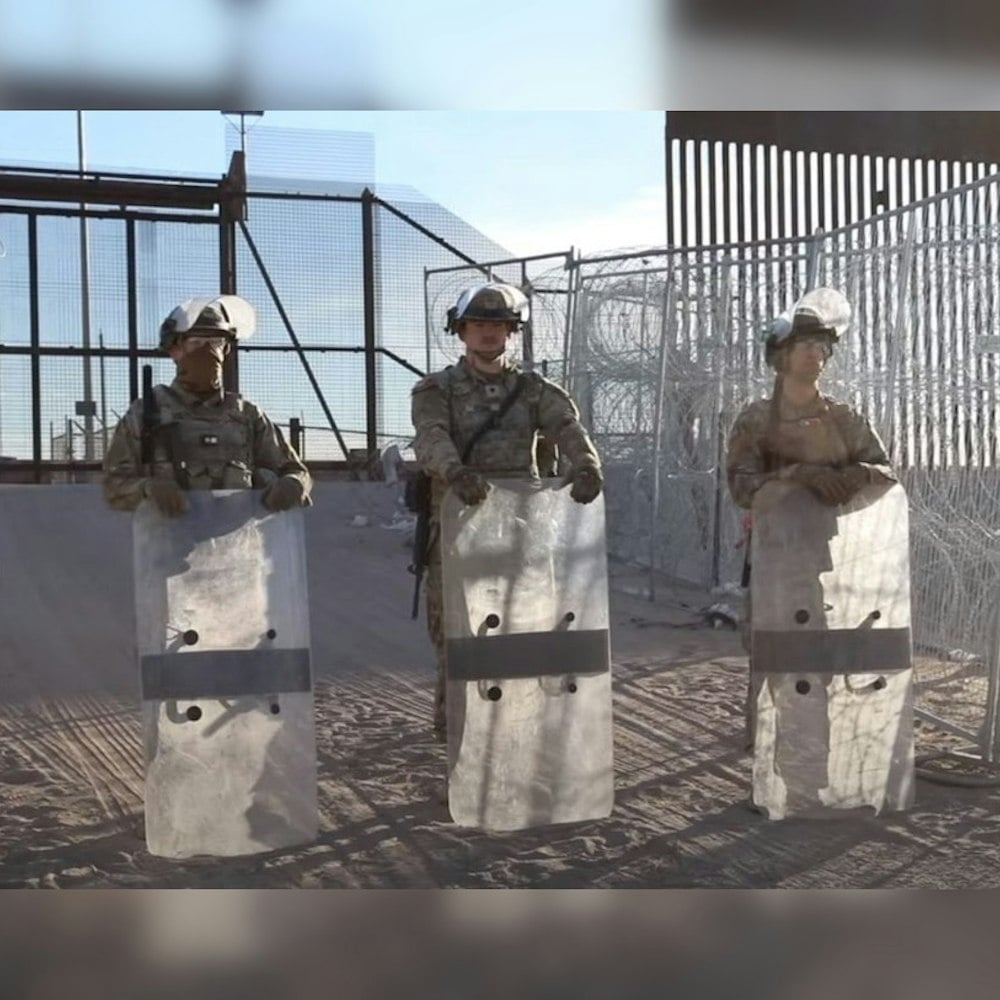
Philadelphia's ports are bracing for a surge in shipping traffic following the untimely collapse of the Francis Scott Key Bridge in Baltimore, which has disrupted a significant East Coast shipping passage. The incident has triggered a logjam, rerouting maritime commerce to neighboring facilities, with the Port of Philadelphia now gearing up to take on the diverted load. Andrew Saporito, CEO of the South Jersey Port Corporation, detailed to FOX 29, "as of noon today, we’ve heard from 3 customers who have ships they want to bring into the port over the next, say, two weeks."
Running across the Patapsco River, the collapsed Key Bridge was not only an arterial transport link – servicing approximately 31,000 daily commuters – but also a lifeline for the bustling Port of Baltimore. With the thoroughfare now severed, the fallout has ensnared a host of vehicles and heavy equipment-dependent ships. CBS News Baltimore reports reflected the graveness of the situation, illustrating the stretch connecting Hawkins Point and Dundalk left in disarray by the structural failure. The Maryland Transportation Authority has diverted traffic to I-95 and I-895, highlighting the vast impact of the bridge's sudden absence on regional transport. Critical information from CBS News Baltimore pointed out the gravity of the infrastructure loss.
The economic implications of the bridge collapse are staggering, with Bairly Trone, U.S. Rep. David Trone's sister, estimating at a briefing that the port's closure could hemorrhage at least $15 million per day from the local economy. This spells trouble for the over 15,000 workers employed directly by the Port of Baltimore, as well as nearly 140,000 other jobs supported indirectly by other port activities, as mentioned in an AP News report. Many of these individuals now face the prospect of temporary layoffs or reduced working hours.
As this critical juncture unfolds, the South Jersey Port Corporation's Saporito's conversations with customers portray the mounting pressures the Philadelphia port facades, to accommodate the redirected seaborne commerce that once flowed through Baltimore's pivotal waterways. The regional shipping apparatus twists under the stress, contorting to realign itself amid the cascading economic and logistical repercussions birthed by the tragically felled Key Bridge. Every passing truck at the Balzano Marine Terminal in Camden reiterates the reality—a testament to the resilience and adaptability of the industry in the face of adversity.









